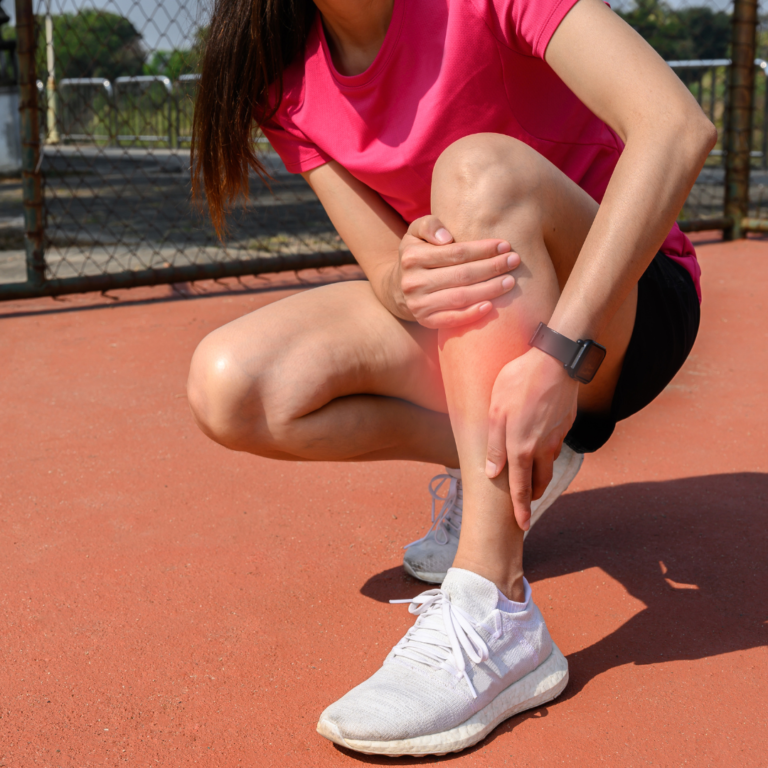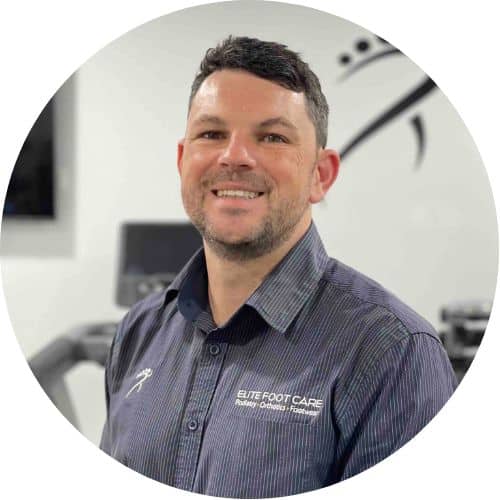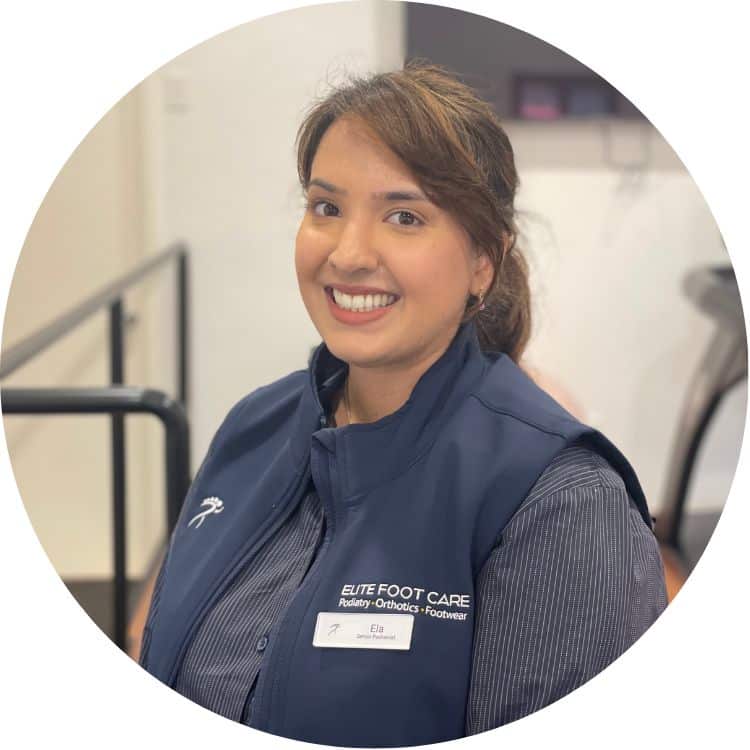Understanding Shin Splints: The Causes
Shin splints are primarily caused by repetitive stress on the shinbone and the connective tissues that attach muscles to the bone. Several factors contribute to this condition:
- Overuse: Increasing workout intensity or duration too quickly can overload the shinbone and the associated muscles.
- Improper Footwear: Wearing shoes that lack adequate support or cushioning can fail to absorb the impact adequately, leading to increased stress to the lower leg.
- Poor Running Techniques: Biomechanical inefficiencies, such as over-pronation (excessive inward rolling of the foot after landing) and insufficient hip strength, can alter the distribution of pressure through the leg, leading to overloading of the shin.
- Hard Surface Exposure: Regularly running on hard surfaces like concrete increases the force exerted on the shins, thus raising the risk of developing shin splints.
- Muscle Imbalance: Disproportionate strength in the lower leg muscles can lead to uneven force exertion on the shinbone.
- Previous Injuries: Past injuries to the lower leg can also make one more susceptible to shin splints due to altered gait or chronic weakness in certain muscle groups.
Prevention Strategies: A Proactive Approach
The best approach to shin splints is a proactive one: focusing on prevention. These strategies involve adjustments in training routines, footwear, and strength conditioning:
Proper Footwear
One of the initial preventative measures is selecting the right footwear that suits one’s foot type and the demands of their activity. Shoes with are properly fitted can immensely reduce the impact involved when running. It is also suggested to replace shoes regularly based on usage to maintain optimal padding and support.
Gradual Training Increase
As overuse is a significant factor, it is vital to follow the 10% rule—do not increase mileage or intensity by more than 10% per week. This gradual progression helps the body adapt to new stress levels without overwhelming the tibia and surrounding muscles.
Strengthen and Stretch
Regularly performing exercises that strengthen the muscles of the lower leg can help stabilise your movements and reduce stress on the shinbone. Additionally, a proper stretching routine post-activity can aid in muscle recovery and prevent tightness that could contribute to shin splints.
Treatment Strategies: From Pain Management to Rehabilitation
Once shin splints have set in, the focus shifts to effective treatment to alleviate pain and facilitate recovery.
Rest and Ice
The first line of treatment is often the simplest: rest and ice. Taking a break from the activity that caused the pain gives the body time to heal while icing reduces inflammation and pain.
Medication
For pain that disrupts daily activities, over-the-counter anti-inflammatory drugs like ibuprofen or paracetemol can be used. However, these should be taken judiciously and ideally under medical supervision.
Advanced Podiatry Interventions
For persistent cases, more advanced treatments might be required. This may include:
- Custom orthotics to correct structural abnormalities and distribute pressure more evenly along the foot.
- Shockwave therapy is a non-invasive treatment that has been shown to stimulate healing in soft tissue and bone.
- Dry needling targets deeper trigger points to release tension in the muscles.
- Strength Rehab program and return to run programs.
Conclusion
Shin splints are a common yet preventable and treatable condition. Through a combination of proper preparation, training adjustments, and appropriate medical and therapeutic interventions, athletes can overcome and even prevent the occurrence of this painful condition. Remember, the key lies in a balanced approach to activity, mindful progression in intensity, and timely consultations with healthcare and sports professionals when symptoms first appear. With these strategies, shin splints do not have to be a recurring barrier to your athletic ambitions.
If you have shin splints and require an appointment, book online or call our friendly reception staff on 07 5328 3588 and they will find a time that suits.









